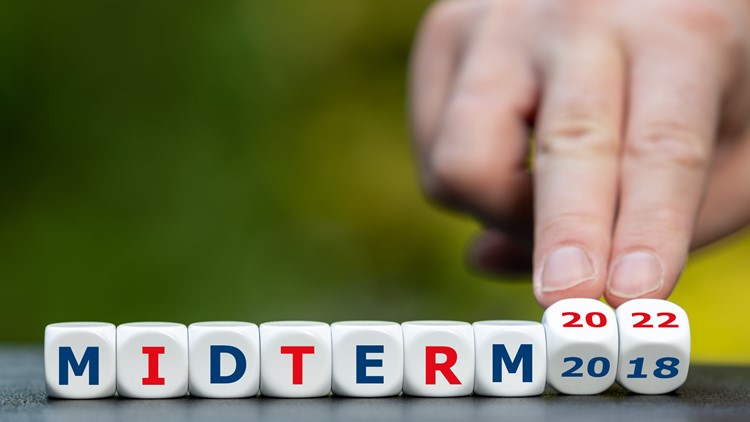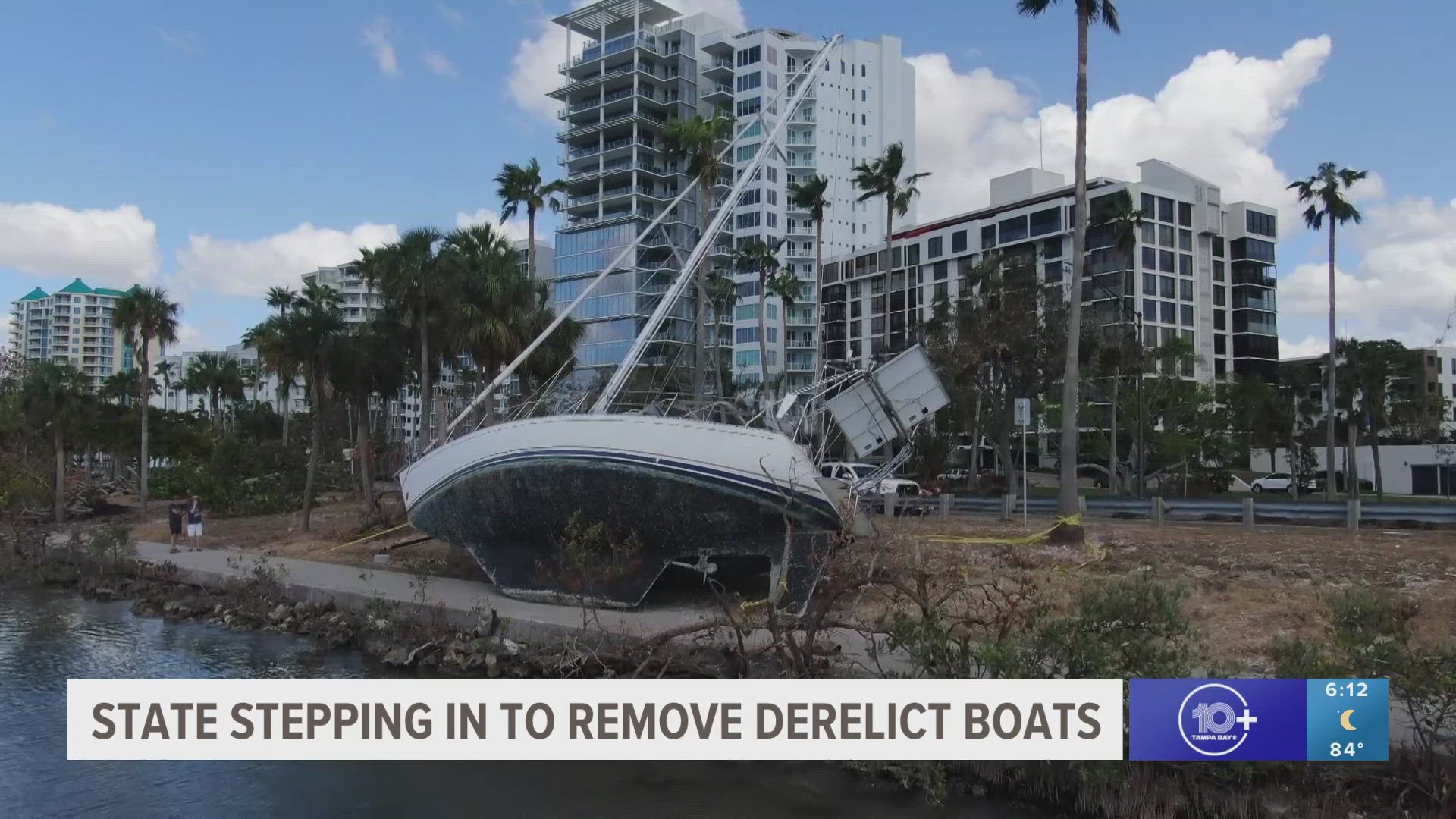Midterm elections across the country are held this year on Nov. 8.
For the past several weeks, VERIFY has been answering common questions to help you become a more informed voter. Here are five fast facts about midterm elections.
This reporting is part of a series of stories ahead of the midterm elections. If you have any questions about the elections, email us at questions@verifythis.com or message us on social media @verifythis.
THE SOURCES
WHAT WE FOUND
1. Some senators and all members of the House are up for re-election
Midterm elections are federal elections that are held every two years in between presidential elections.
All members of the House of Representatives, who hold two-year terms, are up for re-election during the midterm elections. Senators are elected to staggered six-year terms, and about a third of them are also on the ballot this year.
Because the Constitution set guidelines for term limits for different legislative positions – the president at four years, representatives at two and senators at six – party control in the House and Senate could flip in the middle of a president’s term.
“Such elections often receive less attention than presidential contests, but midterm elections have influenced national politics and predicted major turning points in U.S. political history,” the Senate's website says.
More from VERIFY: No, Election Day is not a federal holiday
2. Until recently, it wasn’t common for a president’s party to lose control of the House or Senate during midterms
There are two chambers of Congress – the House and the Senate. As it currently stands, Democrats control the House, Senate and the White House.
But, that could all change on Nov. 8. The House and Senate are both up for grabs during this midterm election. Republicans only need to gain six seats to take the majority in the House and just one to control the Senate.
Controlling a chamber gives a party certain powers besides just the ability to block legislation. Whoever holds either chamber can form committees, launch investigations and block a sitting president’s legislative agenda.
VERIFY researched every midterm election in American history, and the president’s party lost control of either the House or Senate in just over a third of them. But in recent years, it is more common. The president’s party has lost control of at least one chamber in the last four midterm elections .
3. Elections are not run by the federal government
Each state, not the federal government, manages elections and election security, even for federal positions. Experts say this decentralized process makes it harder to commit fraud.
A State’s right to run its own elections was granted under the Elections Clause of the U.S. Constitution. According to the National Constitution Center, the Elections Clause gives each level of state and local government the authority to enact a complete code for elections, including rules for election protocols like voter registration, fraud prevention, vote counting, and determination of election results. There is no national/federal infrastructure, which is also why it might take longer to announce the final vote tally.
More from VERIFY: No, the federal government doesn’t run elections – states do.
4. All votes are counted, including absentee and mail-in ballots
Absentee and mail-in ballots are sent to voters several weeks before Election Day, even during the midterms. People return these ballots via mail or secure ballot drop boxes. All of these ballots must be processed before they can be counted and each state has their own rules on how they’re handled, the National Conference of State Legislatures (NCSL) says.
According to the NCSL, 16 states and Washington, D.C., do not allow counting to begin until the polls close. Twenty-three states allow counting to begin on Election Day, but before the polls close. Ten states allow both processing and counting to begin before Election Day. Connecticut leaves the time for counting to the discretion of the local registrar of voters, the NCSL says.
All of those different state-specific rules mean that some election results will take longer to determine. It's how the system is supposed to work to ensure all ballots are counted.
More from VERIFY: No, absentee ballots aren’t only counted in close races
5. If your state requires postage to mail back your ballot, it’ll still be delivered even if you don’t have insufficient postage
Nineteen states and Washington, D.C, do not require a voter to add postage to their ballots, according to NCSL. But, if you live elsewhere, you may be responsible for postage.
The U.S. Postal Service will deliver a mail-in ballot even if it has insufficient or unpaid postage. This is due to a USPS policy that requires the postal service not to delay the delivery of completed absentee balloting materials, including mail-in ballots, according to Martha Johnson, a USPS spokesperson, and the NCSL.
If you plan to mail any ballot, state and local election authorities in your area can provide information about processes, rules, deadlines, and policies specific to where you live. For local voting and registration questions, click here to find your local election office’s contact information. For statewide voting guidance, visit USA.gov in order to easily access your state's official election office website.
More from VERIFY: Yes, USPS will deliver mail-in ballots with insufficient postage



